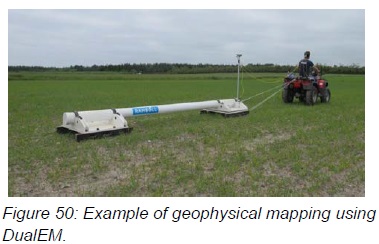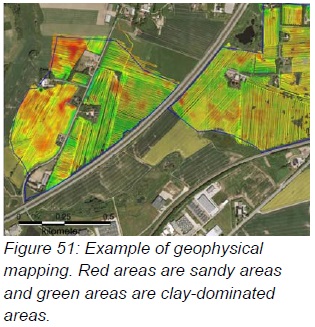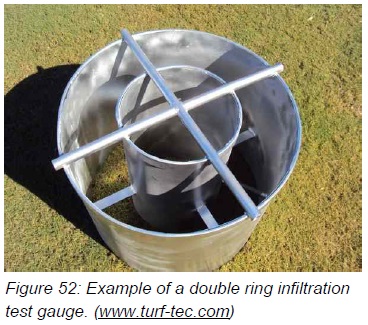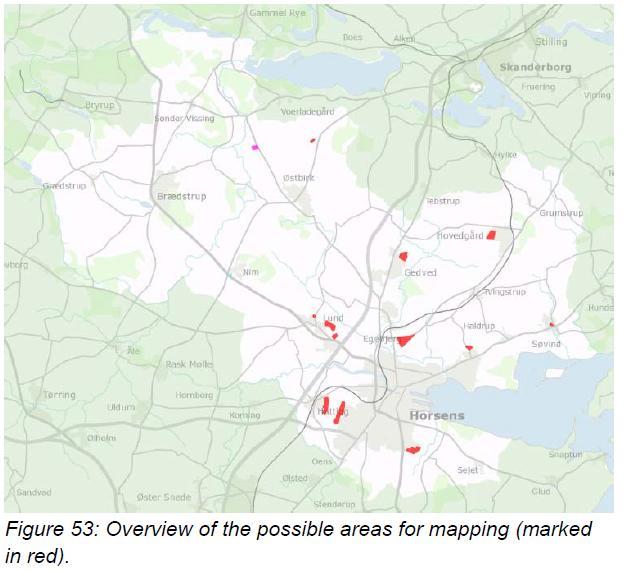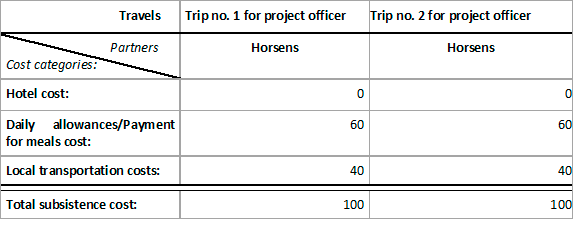This action deals with sustainable Climatge Change Adaption through a holistic sustainable concept with a specific focus on increased infiltration in urban areas, in particular new urban development areas.
Due to the lack of basic knowledge, it is difficult for the municipalities to give firm advise to the developers on where and how to manage surface water by infiltration.
For the purpose of mapping the infiltration potential in urban development areas, areas will be mapped with high-precision geophysics, which may show in detail the upper 5 to10 meters of the ground surface.
Relevant stakeholders will be involved in in an integrated stakeholder process, where technical results will be transformed and disseminated through field trips, workshops and subsequent development of description of best practices and guidance for stakeholders on how to best make use on infiltration of surface water in future urban development projects.
In the end the stakeholders will define coming complementary projects. This action is primarily linked to innovation within groundwater and rainwater.
Main responsible beneficiary: Horsens Municipality
Number of days estimated spent on action in phase 1: 242 Days
Budget: 175.388€
Beneficiary responsible for implementation:
Horsens Municipality (Horsens) and VIA University College (VIA) are project managers.
Role of Horsens:
- is responsible for progress in C23, providing advice and contact with the stakeholders.
Role of VIA:
- is responsible for executing the infiltration measurements, drillings, geophysical mapping and the production of a detailed infiltration potential map for urban areas.
Relation to Climate Change Adaption (CCA) plans
The action is a consequence of Horsens CCA plan, aiming at preventing consequences of climate change by using increased infiltration in future urban areas with specific reference to page 7 in the municipality´s CCA plan.

